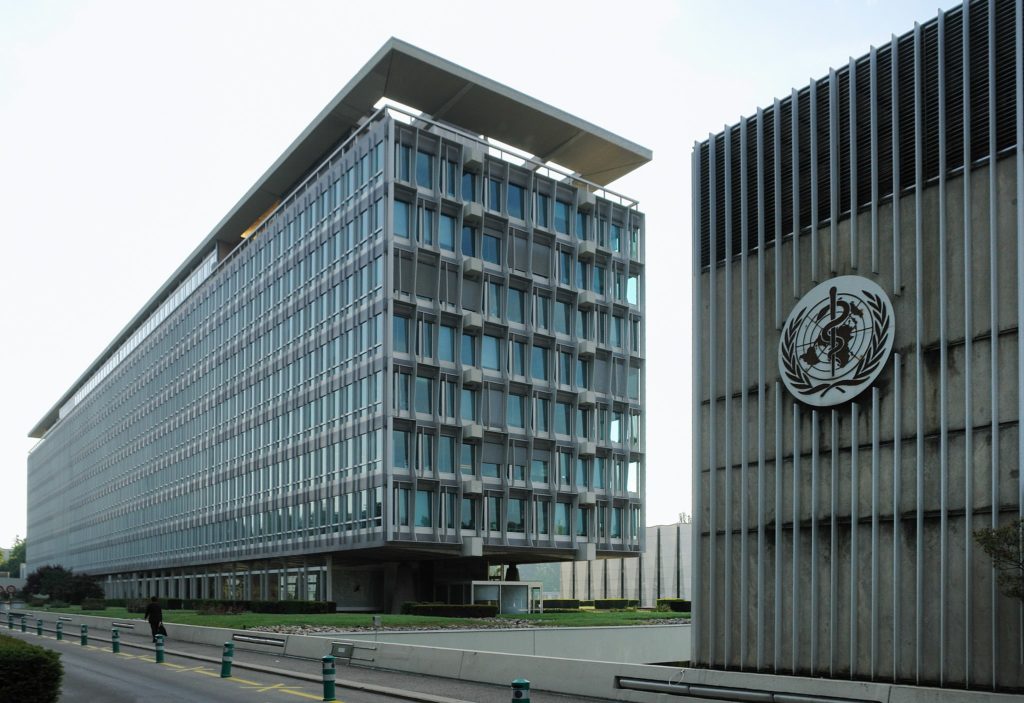WHO could’ve known?

Scott already posted about Trump’s decision to suspend funding to the World Health Organization (WHO). Not long after Trump announced his decision, Beijing offered its own moral and financial support.
China criticized U.S. President Donald Trump’s move to temporarily halt funding to the World Health Organization and pledged to support the global health body.
Trump on Tuesday said he ordered the move against the WHO because it took China’s claims about the coronavirus “at face value” and failed to share information about the pandemic as it spread. China has “serious concerns” about the decision and called on the U.S. to fulfill its responsibilities, foreign ministry spokesperson Zhao Lijian said at a briefing in Beijing on Wednesday.
“This U.S. decision will weaken the WHO’s capabilities and undermine international cooperation,” Zhao said, adding: “China will as always support the WHO in playing an important role in international public health and global anti-epidemic response.”
If you’re asking who might have predicated this debacle, the answer is everyone but also me. As Alex Cooley and I wrote in The Monkey Cage yesterday:
The U.S. attacks on the WHO also further open the door to increased Chinese influence in the global health arena. In recent years, China has increasingly viewed international institutions as a key space to shape the international order. In 2017, Beijing successfully supported the election of current WHO Director General Tedros Adhanom Ghebreyesus over a U.S.-backed rival.
In institutions like the U.N. Human Rights Council, Beijing has taken on a new role in fashioning human rights norms. By promoting preferential bilateral partnerships through its Belt and Road Initiative and building its own institutions, such as the Shanghai Cooperation Organization and the Asian Infrastructure Investment Bank, Beijing has also made it more difficult for regional institutions like the European Union to act collectively.
While Western commentators often portray these moves as sinister, China is just using available tools to advance its own interests. And these techniques are not new. What we’re seeing now is only shocking to many U.S. observers, who have grown accustomed to a world where the United States makes the rules.
The piece was so “hot off the presses” that when it went live it was discussing a possible suspension of U.S. assistance – the editors updated it a few hours later. Our conclusion still holds.
Moreover, the United States still has cards to play. It still enjoys a dominant position, at least in principle, in the established infrastructure of international order and global governance. When its continued presence makes the institution indispensable for global cooperation, as with the Universal Postal Union, the U.S. can use leverage to demand more favorable terms from Beijing.
But making use of those advantages — and protecting the U.S. power base — means remaining in the game, not outside. Trump has consistently criticized multilateral institutions and has emphasized government-to-government deals that are short-term, zero-sum and transactional.
The U.S. threats to withdraw from or defund institutions like the WHO aren’t a new development, but rather just the latest in a series of moves that may leave Washington even more isolated from key instruments of power as other countries continue to seek increased influence in existing institutions, or construct alternatives in their place.
Over at Business Insider, John Haltiwanger has an overview of Trump’s total abdication of international leadership on COVID-19 – and just how unusual it is. I contributed some rather… choice… quotations.
Anyway, my apologies for being absent again from LGM. I’ve been doing a small stream of podcasts and non-LGM writing, primarily in the service of promoting Exit from Hegemony. I’ll post some links later on. Unfortunately, what we’ve seen so far is depressingly consistent with our arguments.


